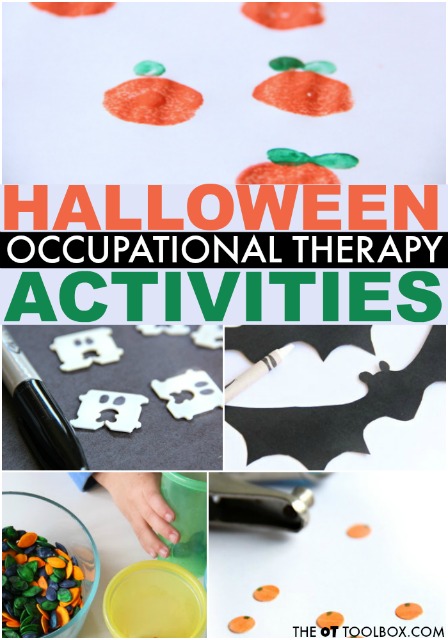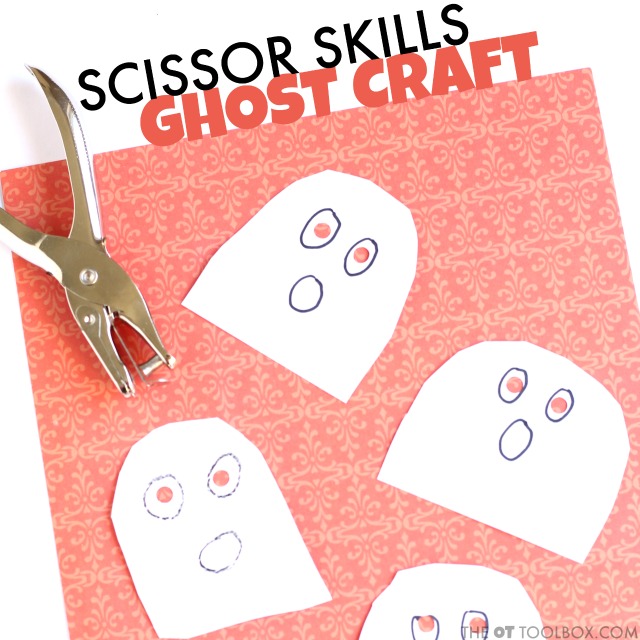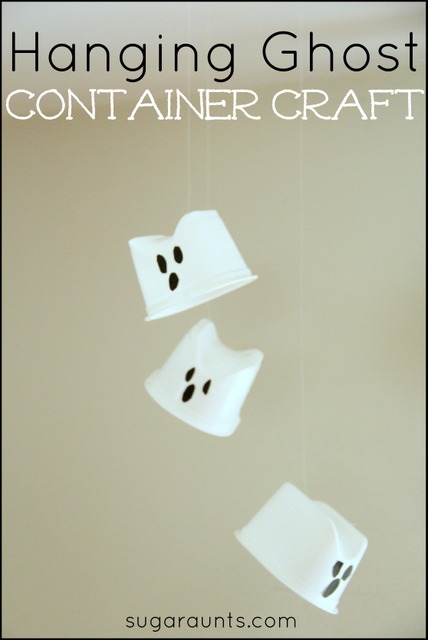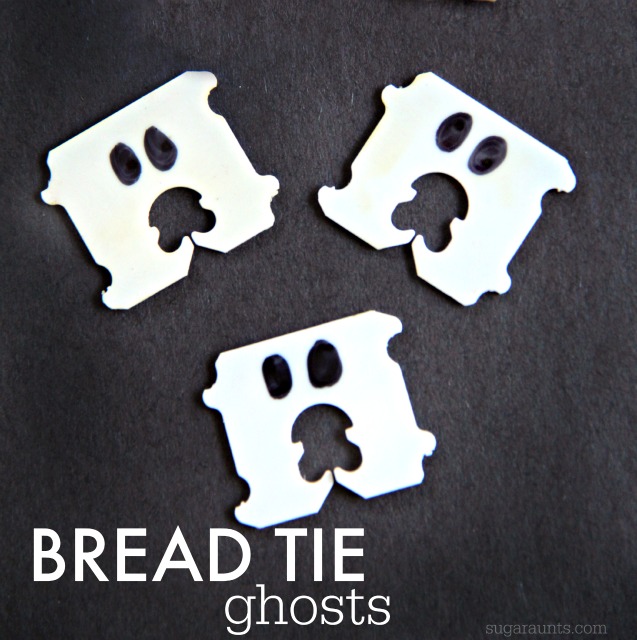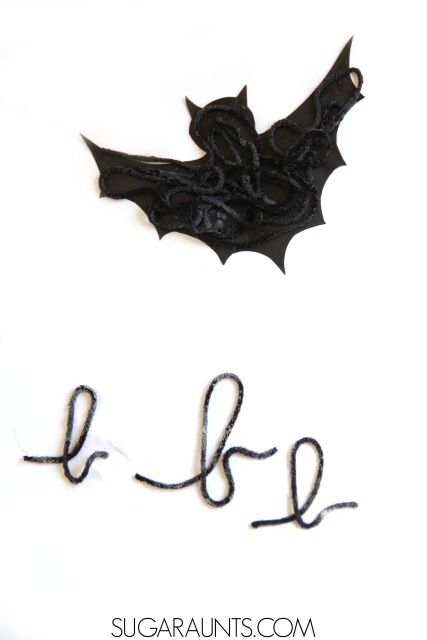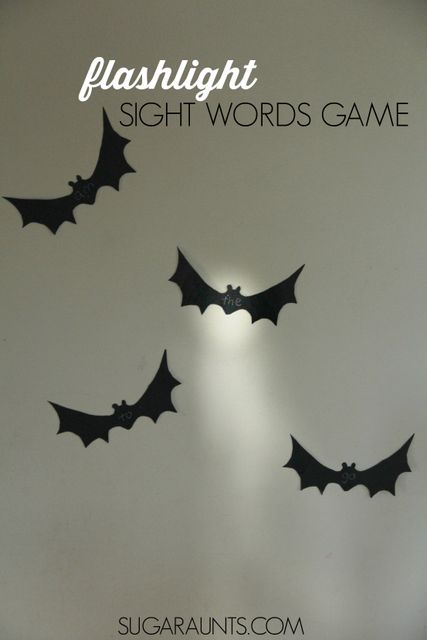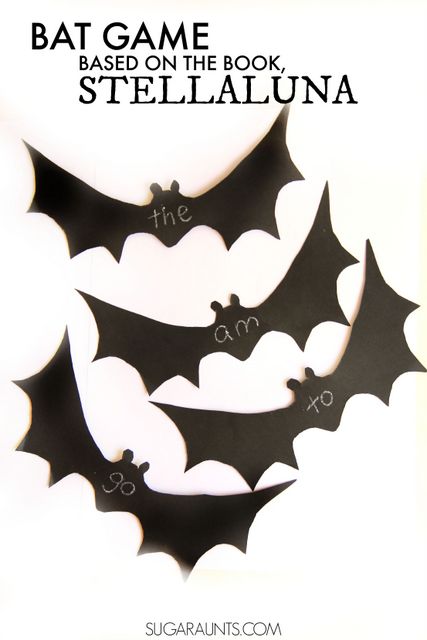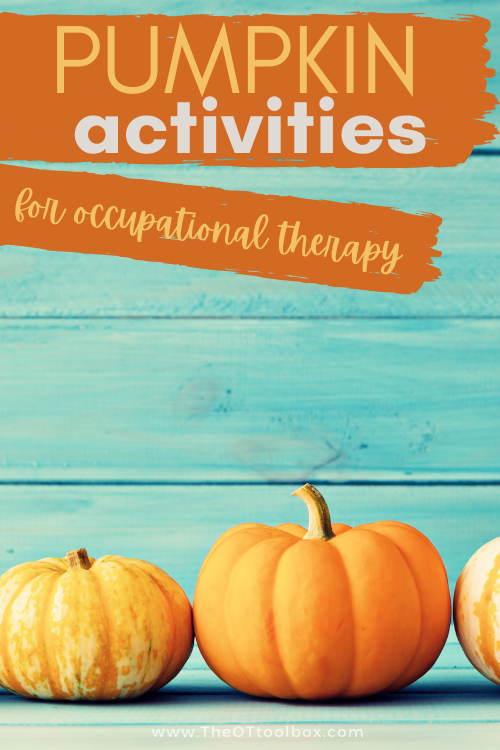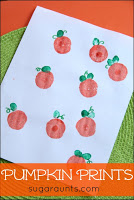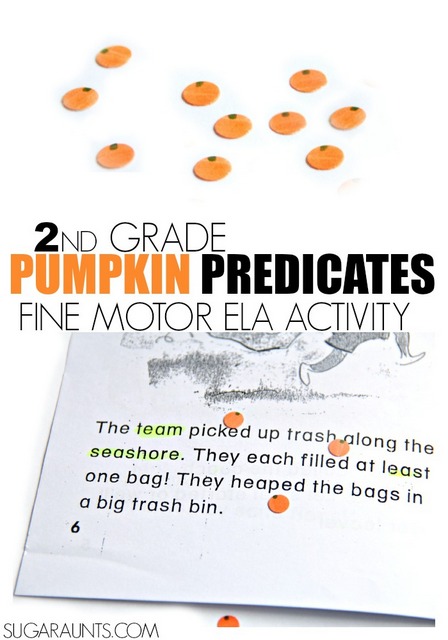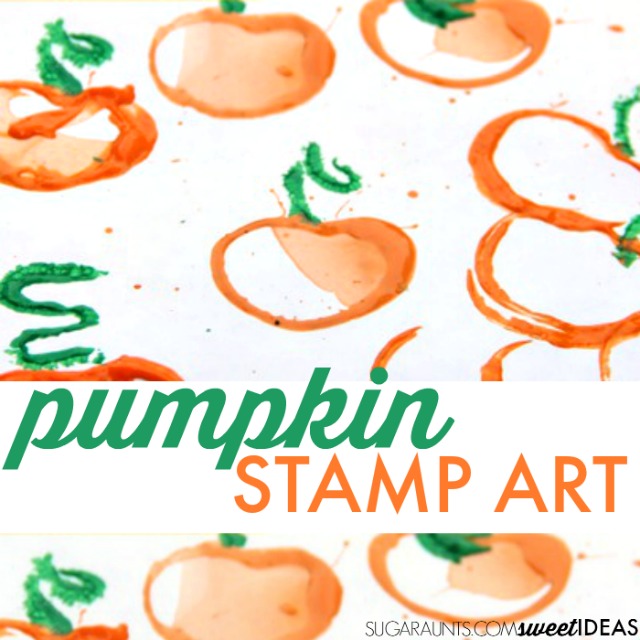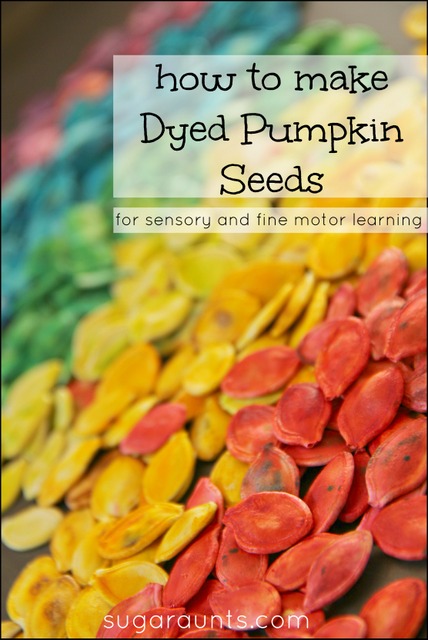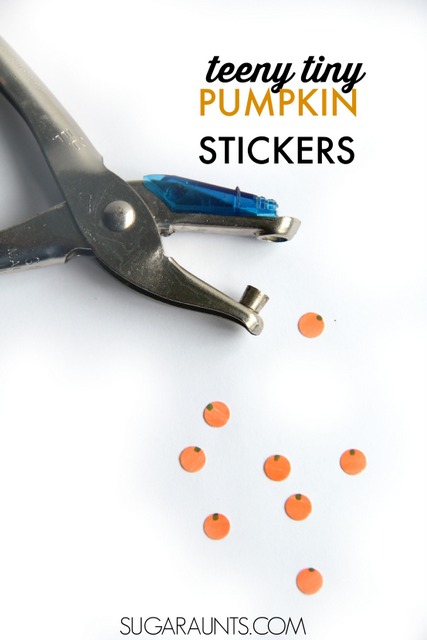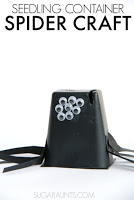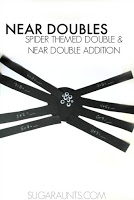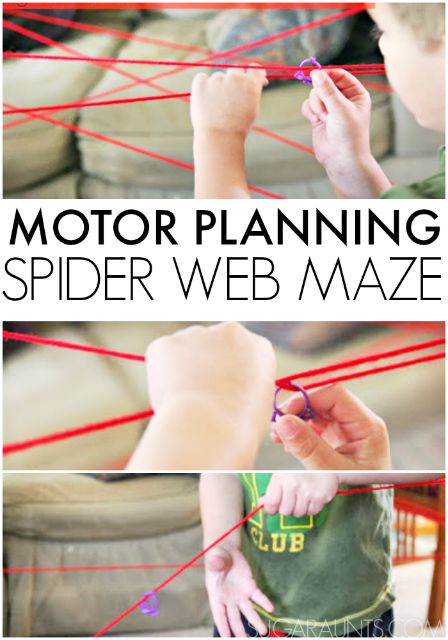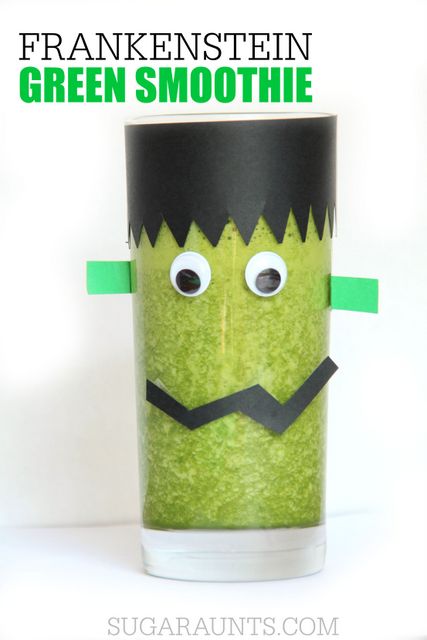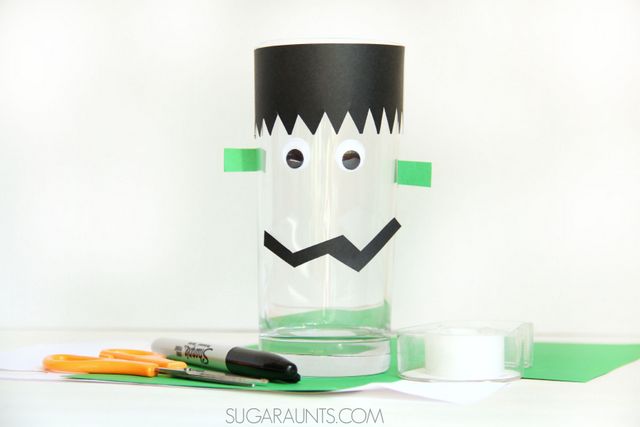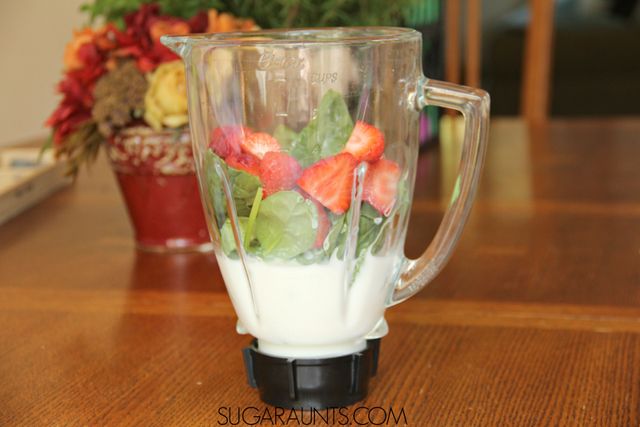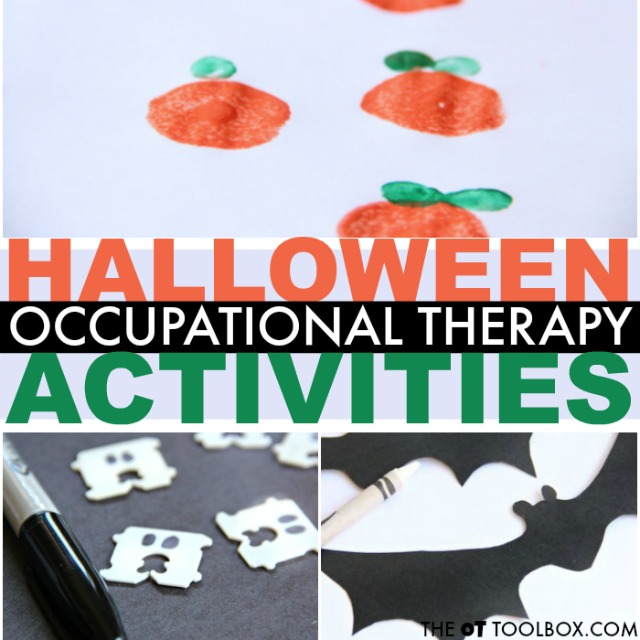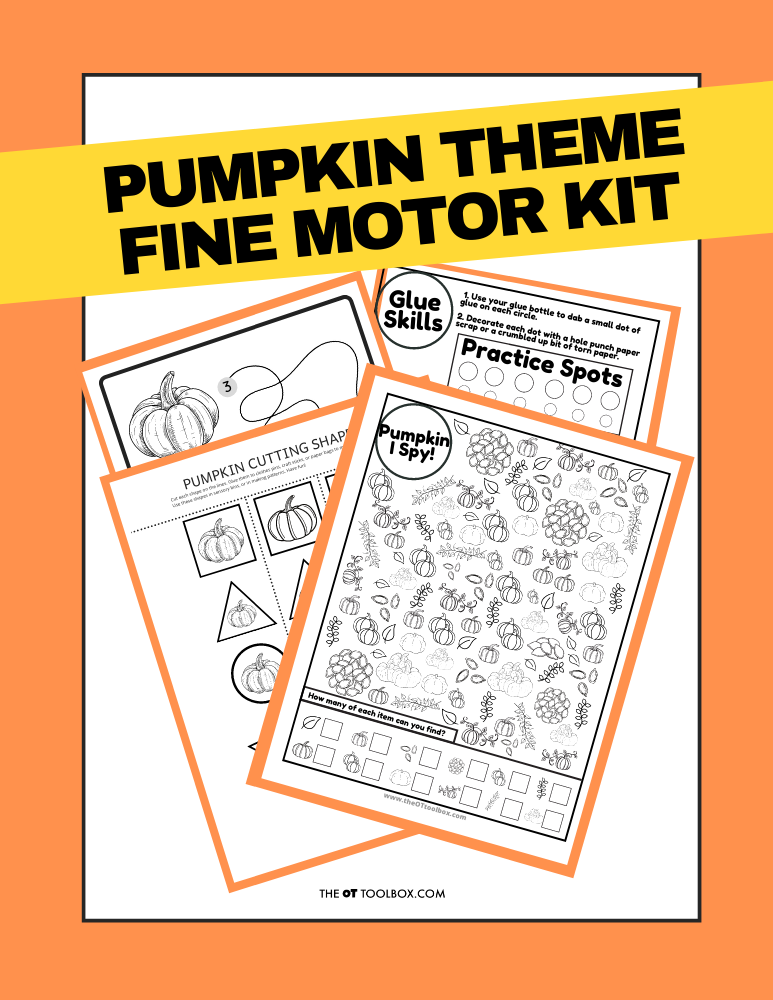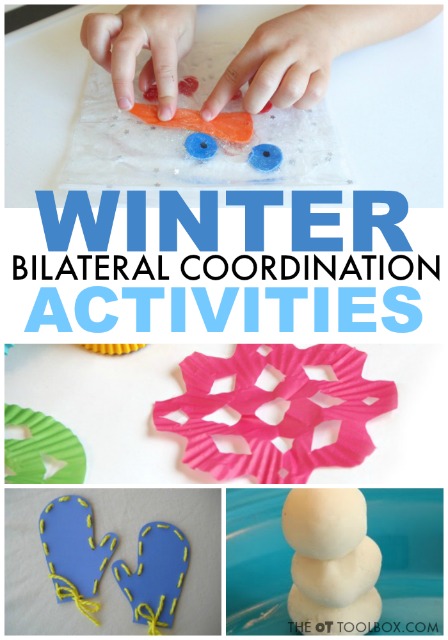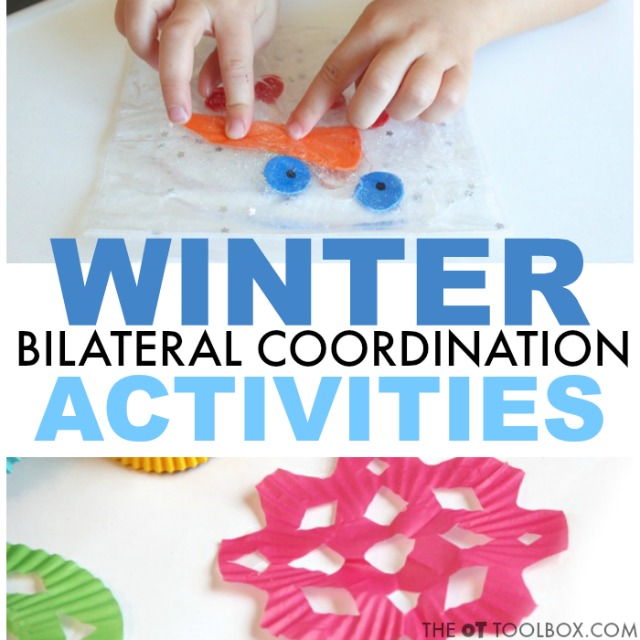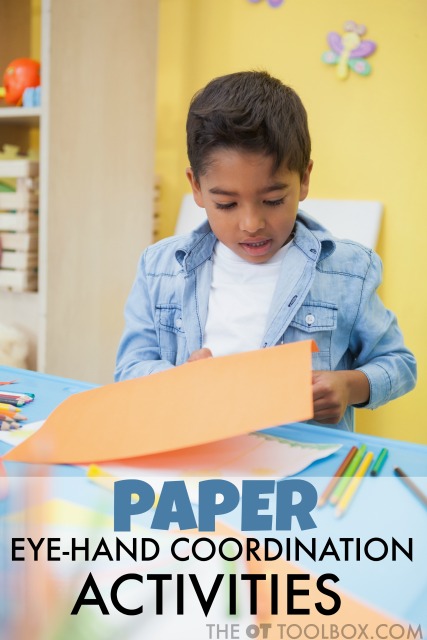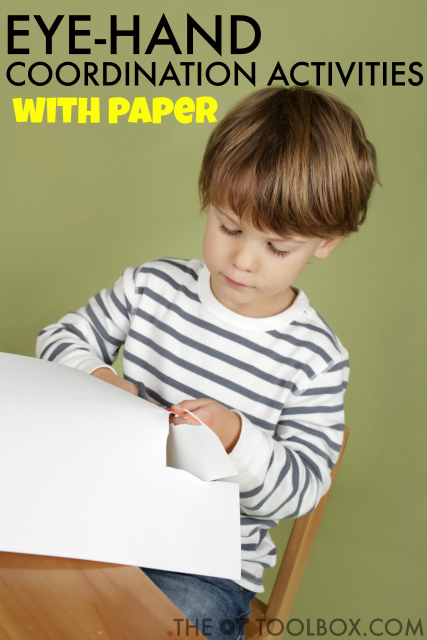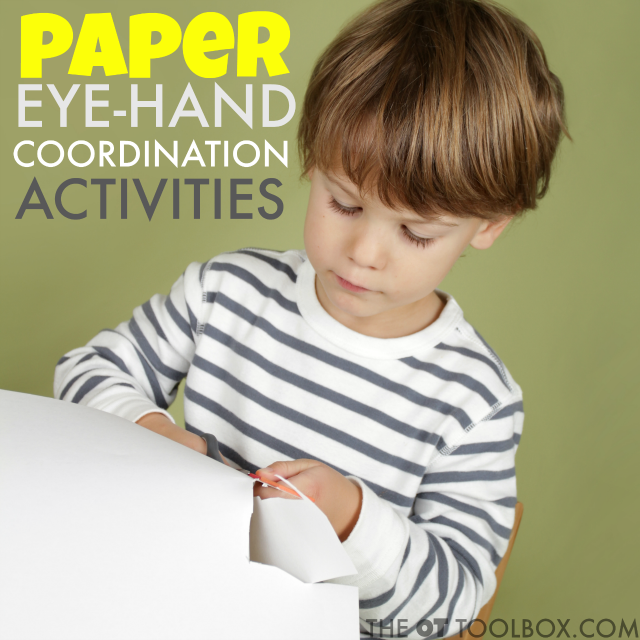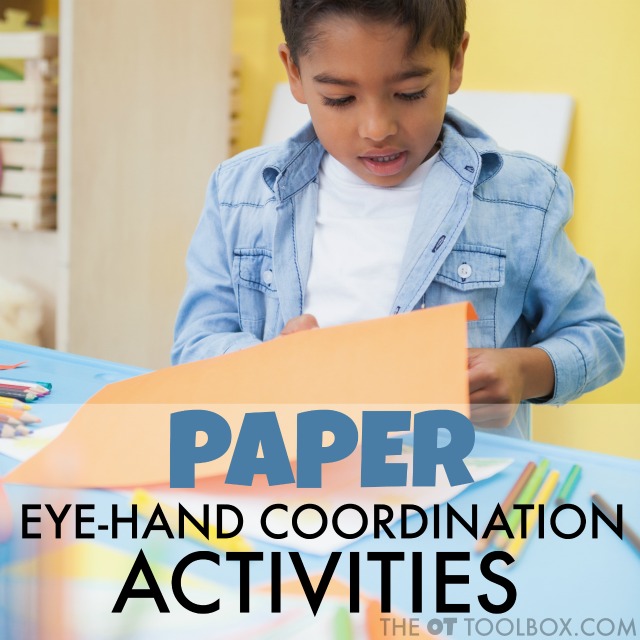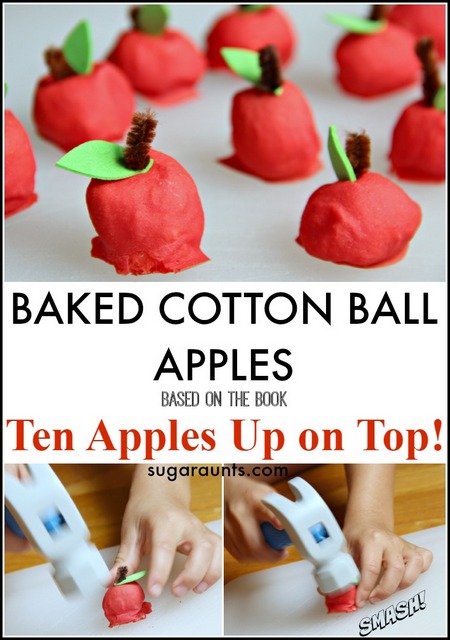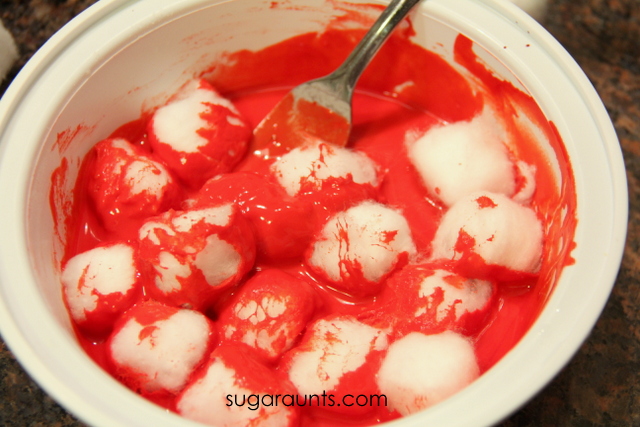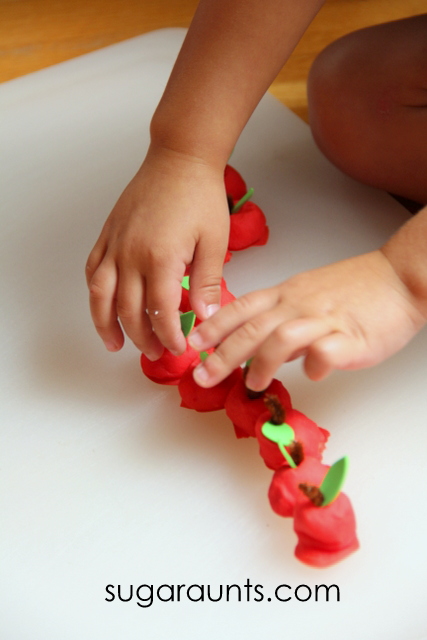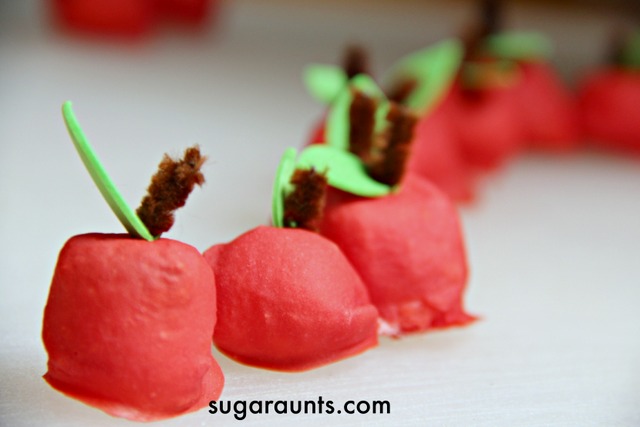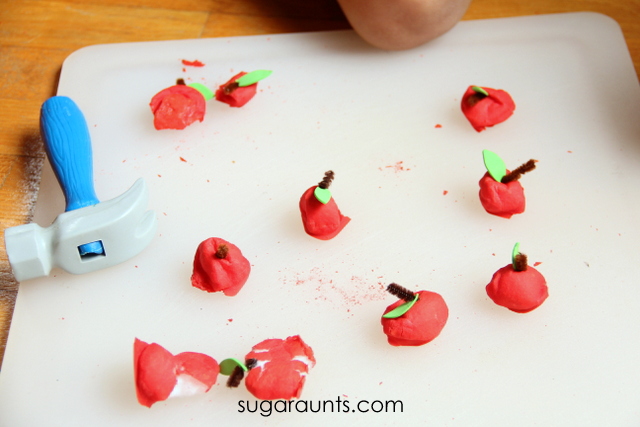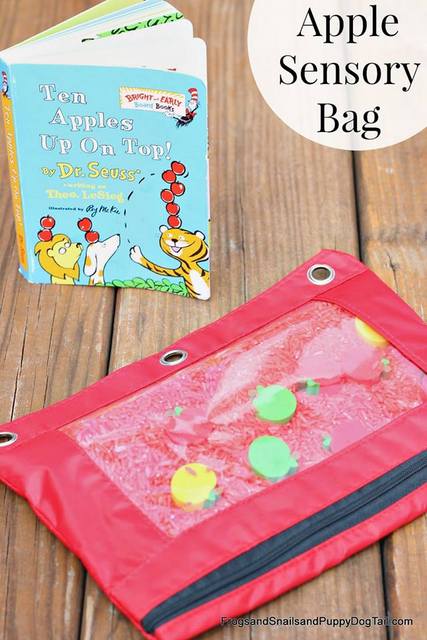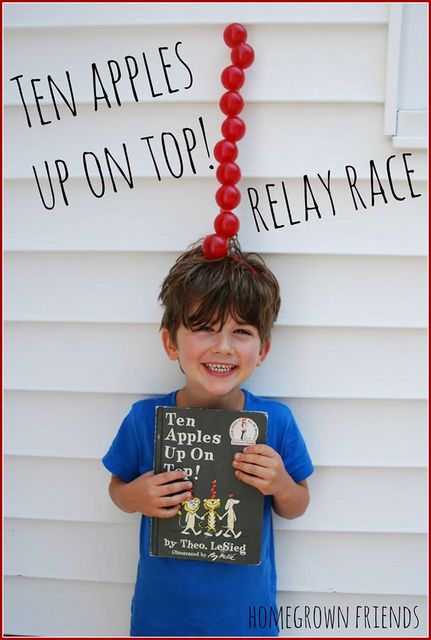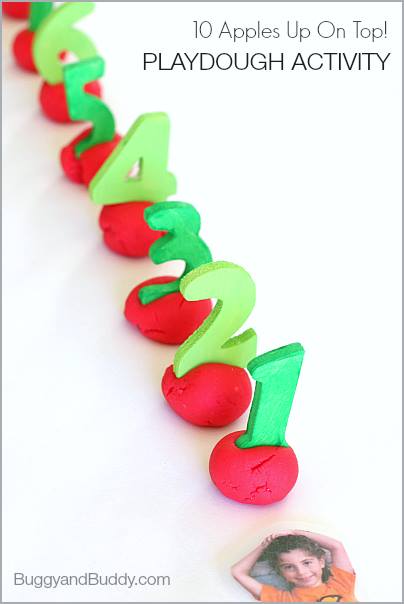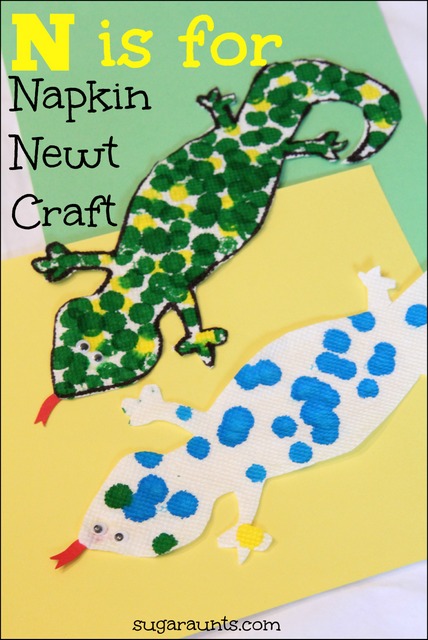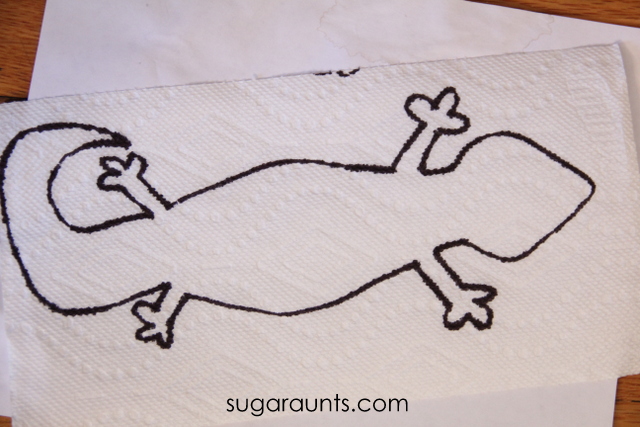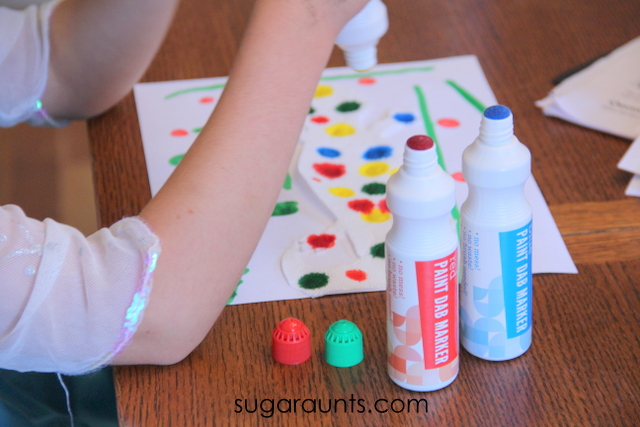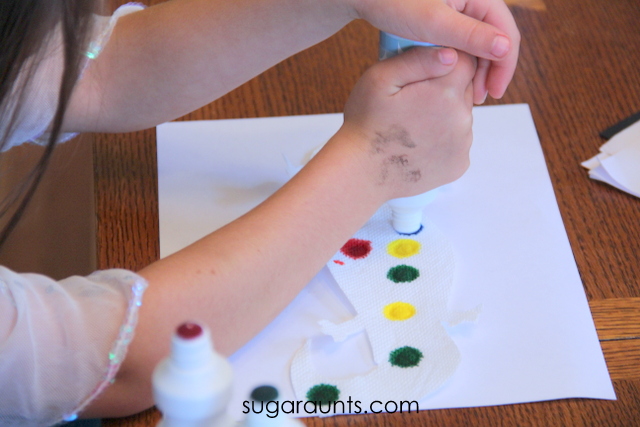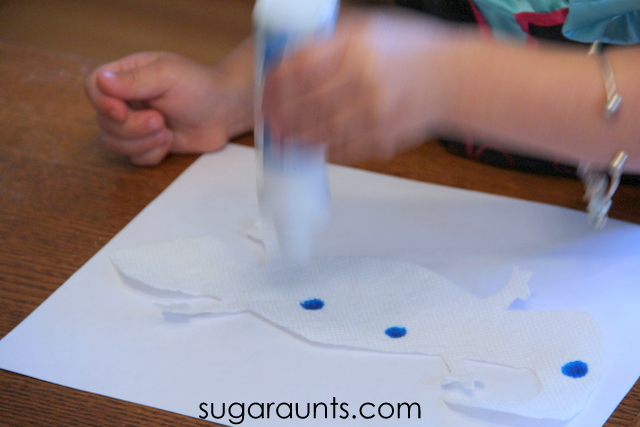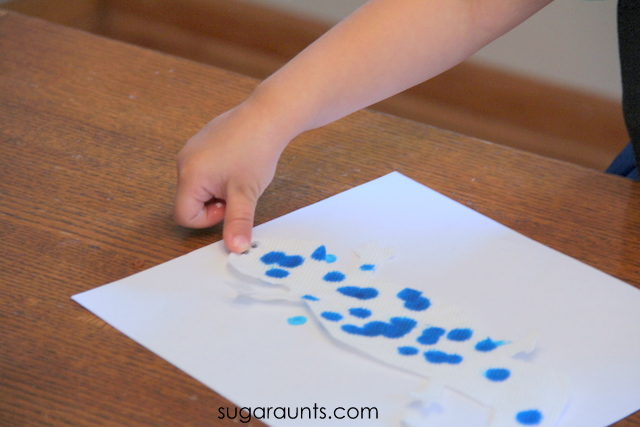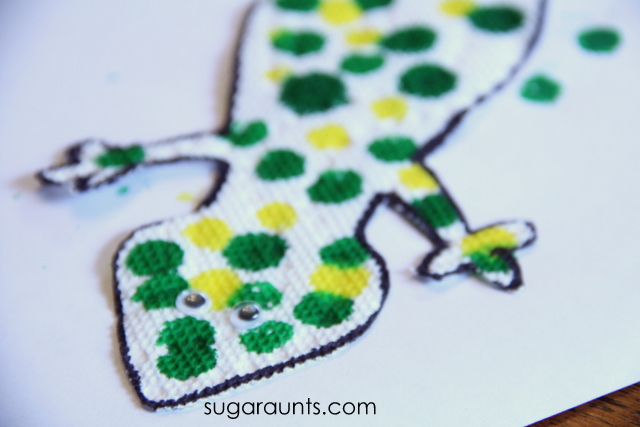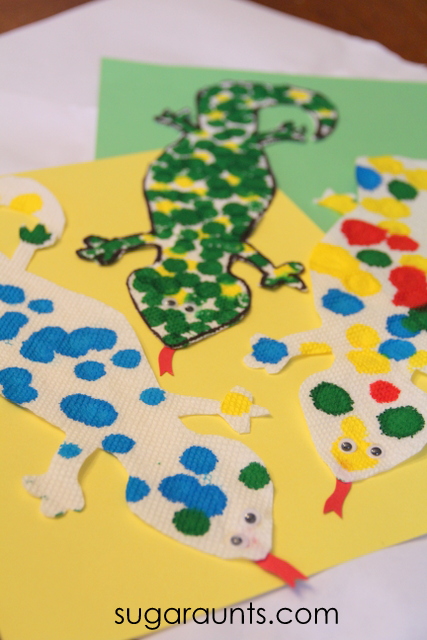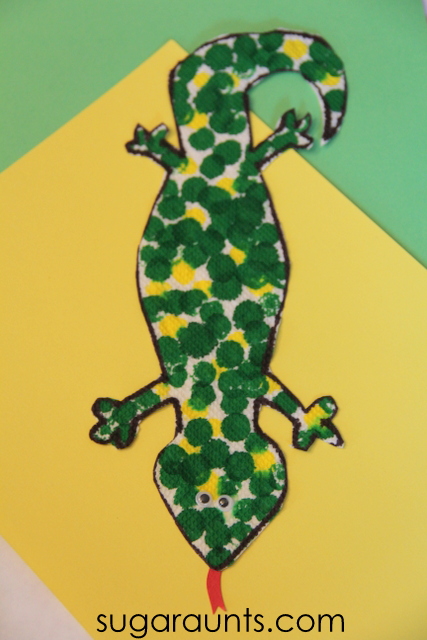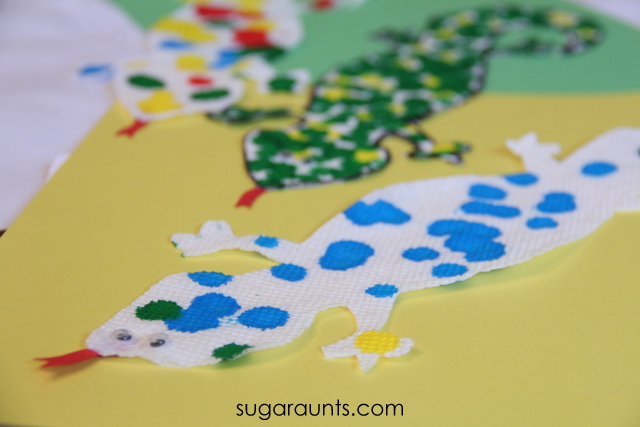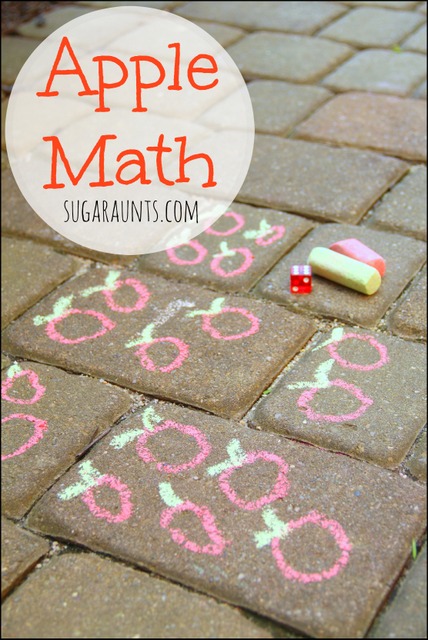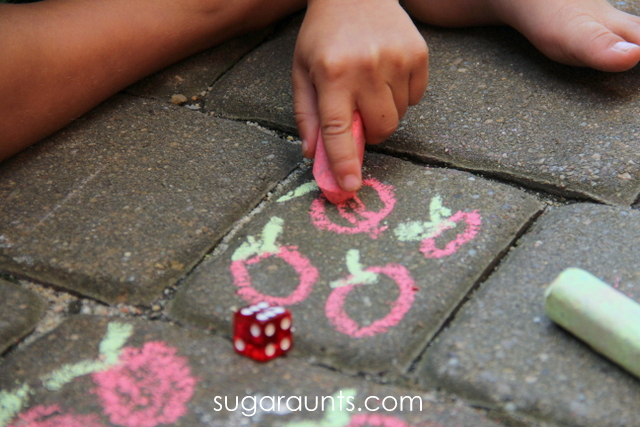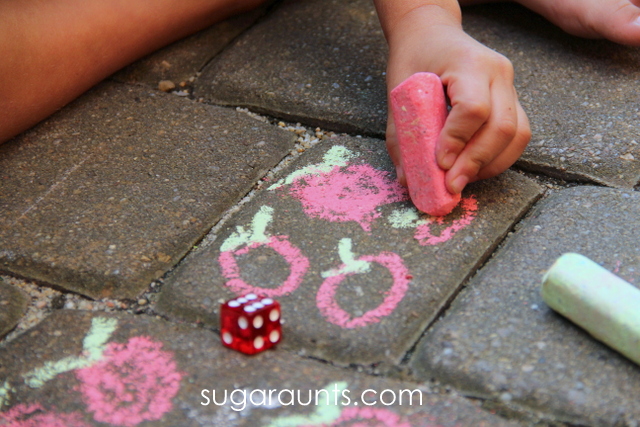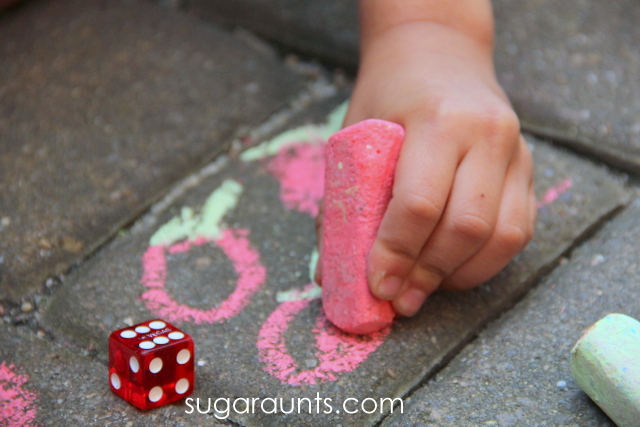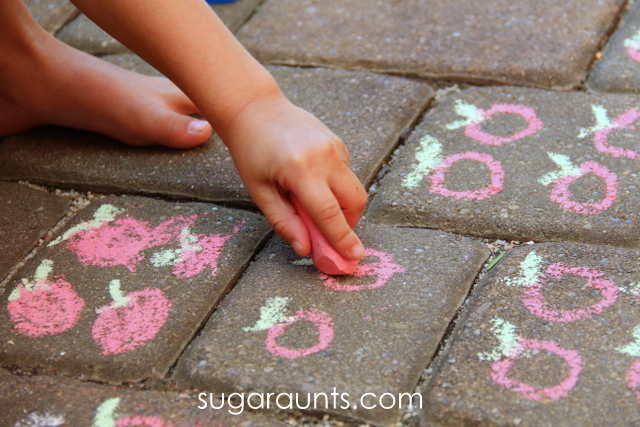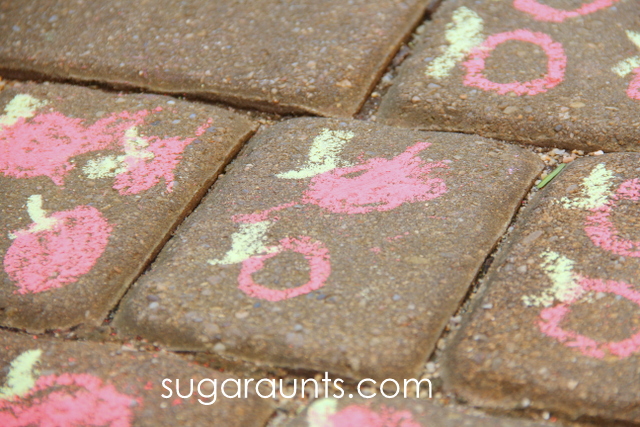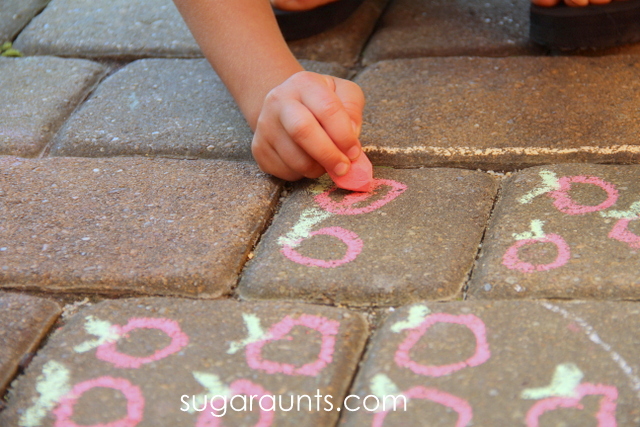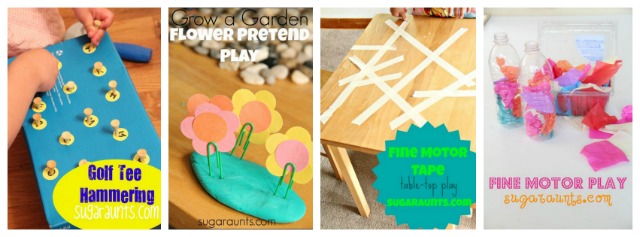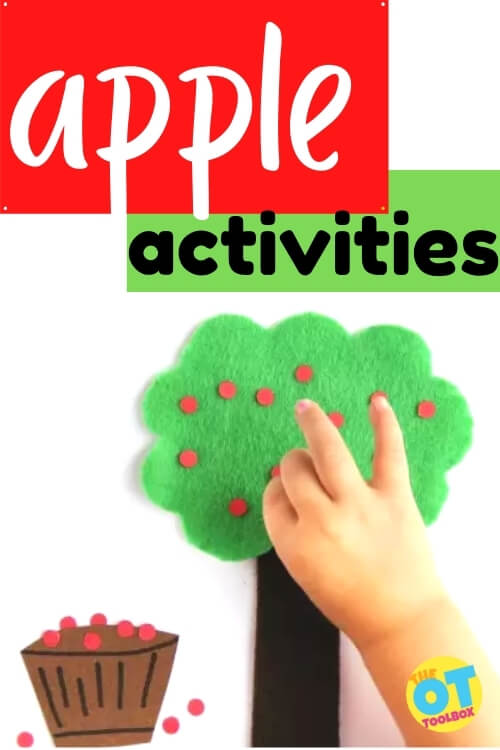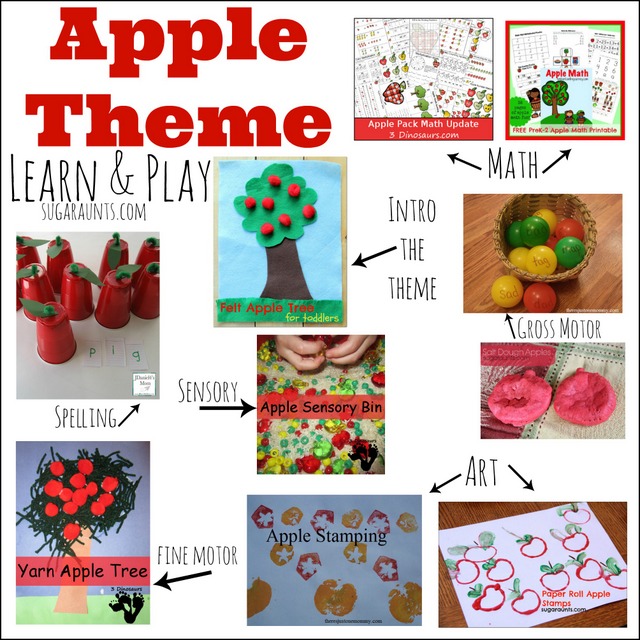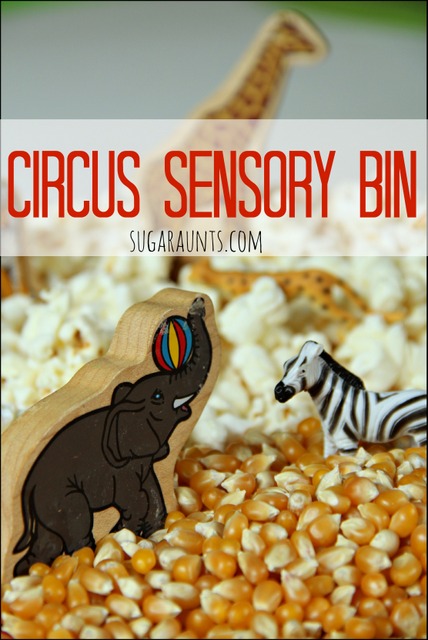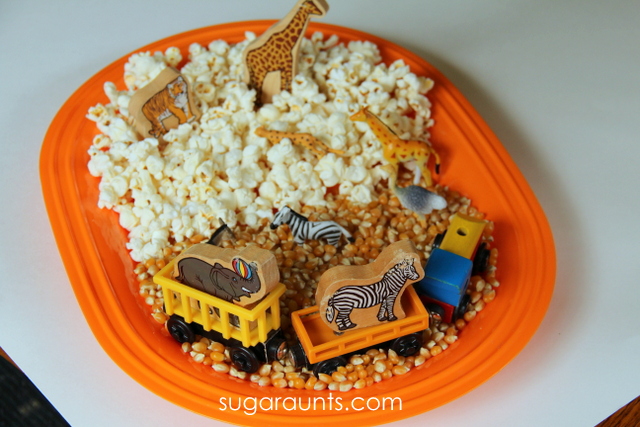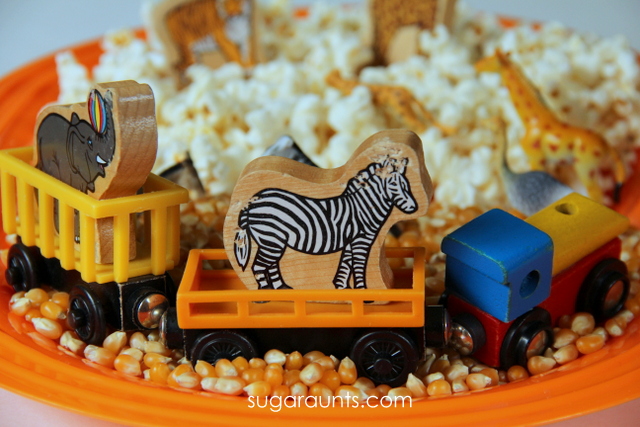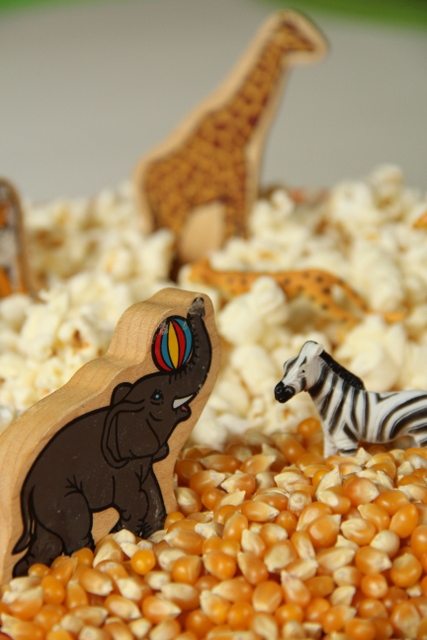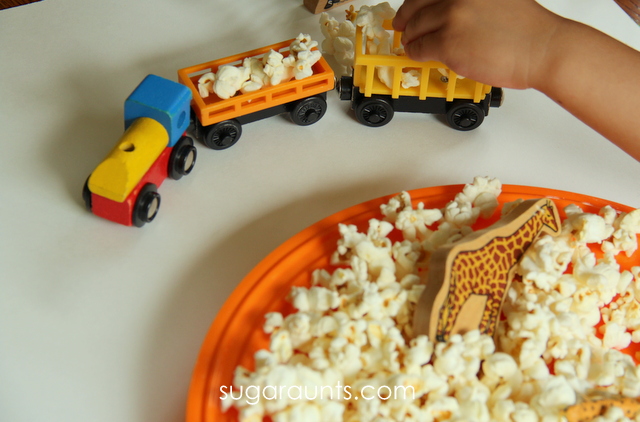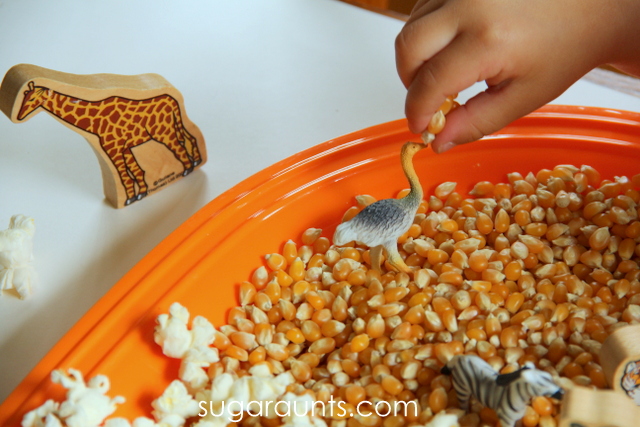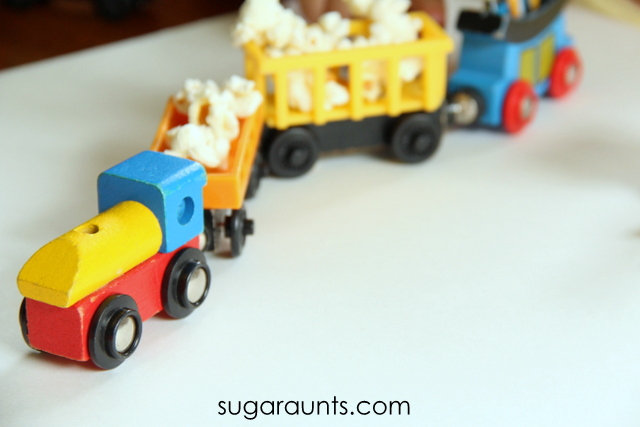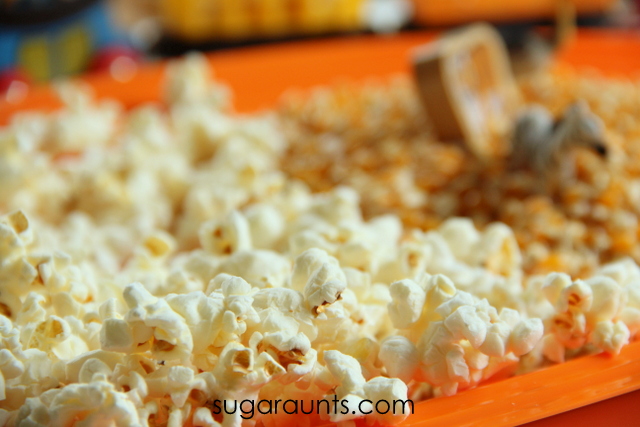Today, we’ve got just one of the many fun eye hand coordination toys to share. Occupational therapy toys like these hand eye coordination toys are powerful tools in child development. Let’s talk coordination skills needed for tasks like play and self-care.
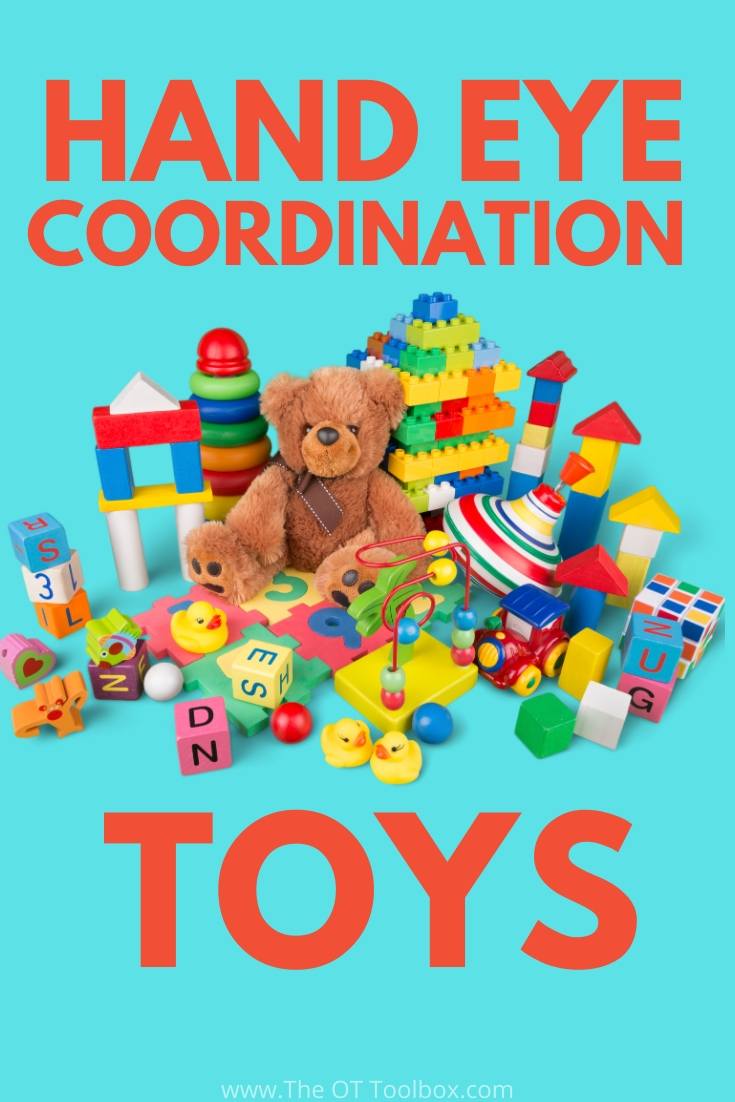
What is Hand Eye Coordination
Working on hand eye coordination is part of play. It occurs from a very young age…in fact development of hand eye coordination begins in the first month. The early development of this essential skill serves as a building block for functional tasks occuring much further down the road in beyond the infant period.
Eye hand coordination is needed for tasks such as handwriting, tying shoe laces, managing clothing fasteners, catching and throwing a ball, reading, managing school supplies, and even walking through crowded hallways while managing items such as books, jacket and the backpack.
Other examples of eye-hand coordination include catching a ball, manipulating pegs into a pegboard, lacing a lacing card, etc. This is a skill that is an integral part of each day.
Poor hand eye coordination
When delays in coordination skills are present, children struggle in many ways.
While eye hand coordination plays closely with other visual processing areas such as visual perception and visual efficiency, visual tracking, convergence, etc., there is a motor component to consider as well. The visual portion and motor portion must be integrated in a coordinated manner, allowing for effective and efficient use of the hands so that we can manipulate and manage objects. This coordinated motor skill requires fine motor skill development equally as much as the visual skill component
These motor skills allow us to collect visual information and use it in a motor action. Eye-hand coordination requires fine motor dexterity, strength, shoulder stability, core stability, etc.
When there are difficulties with coordination of these areas, we see trouble with movement games, clumsiness, difficulty with sports, disorganization, and challenges with motor control in functional tasks.
Coordination Games and Activities
Hand eye coordination games and activities can be an effective way to work on these areas, even while addressing other areas such as sensory input, problem solving, and even learning. We’ve got many hand eye coordination activities here on the website:
Eye-Hand Coordination Activities using Paper– work on hand eye coordination using an everyday item…something you have in your therapy bag right now!
Bilateral Coordination Visual Motor Integration Clover– Work on the integration of visual processing skills with motor movements with this symmetrical drawing activity.
Jumbo Fine Motor Threading Activity– Threading and lacing is a great way to work on hand eye coordination.
Eye-hand coordination activity with letters– Sorting, manipulating, and organizing small items can be a way to boost skills with coordination exercises.
Feather Beading– Threading beads onto feathers is a creative and fun way to improve eye hand coordination skills.
Fine Motor color sorting– Encourage coordination skills for preschoolers and eye hand coordination in toddlers by sorting colors or shapes.
Hand Eye Coordination Toy
One such eye hand coordination toys that doubles as a tool for addressing sensory needs, motor planning, problem solving, and creative play is the Punkinfutz PunkinPitch Kit. This open-ended game uses a vest and soft, velcro “paint balls” that can be used to work on eye-hand coordination, motor planning, and more.
For example, we love to start with buckle toys as a tool to support eye hand coordination skills because they require integration of they eyes and hand movements and it’s a great clothing fastener toy to support self dressing goals!
Kids can wear the vest and move through an obstacle course or move from base to base as they dodge and avoid paint balls. They can then throw the soft balls at another player who is wearing the vest. The options are limitless, and part of the fun is coming up with creative ways to incorporate this coordination game into therapy needs or learning.
Kids can work on other skills beyond eye-hand coordination as well: Motor planning, gross motor skills, core strength and rotation, and social play are just some of the areas covered by this coordination activity.
Eye hand coordination activities
Some of the smartest and most creative folks I know are the readers of The OT Toolbox. I asked readers to tell me sensory strategies they personally love and use to address sensory modulation. Scroll through the comments…you might just find some new sensory strategies that will work for you! Hopefully we can learn from one another!
Also, check out these other soy suggestions based on therapeutic development through play.
- Fine Motor Toys
- Gross Motor Toys
- Pencil Grasp Toys
- Toys for Reluctant Writers
- Toys for Spatial Awareness
- Toys for Visual Tracking
- Toys for Sensory Play
- Bilateral Coordination Toys
- Games for Executive Functioning Skills
- Toys and Tools to Improve Visual Perception
- Toys to Help with Scissors Skills
- Toys for Attention and Focus


